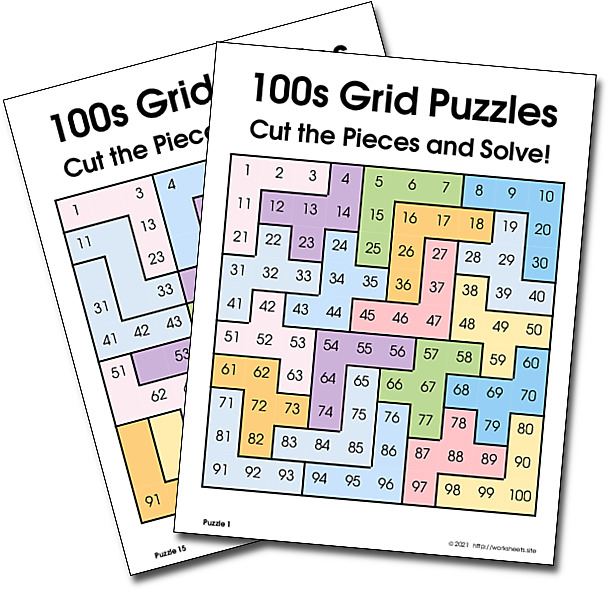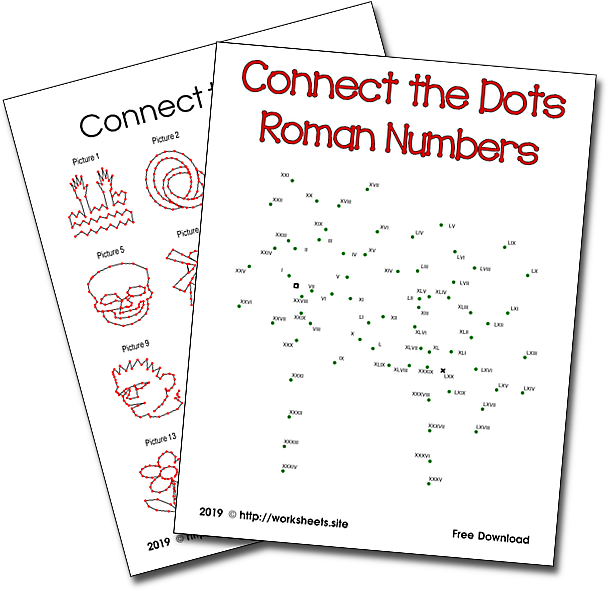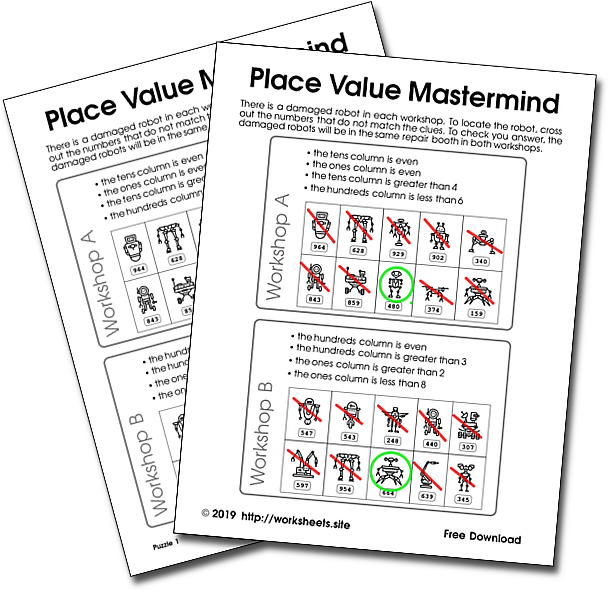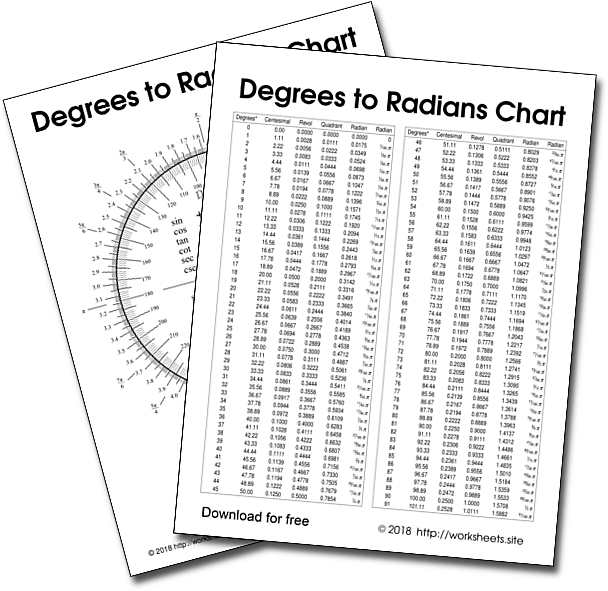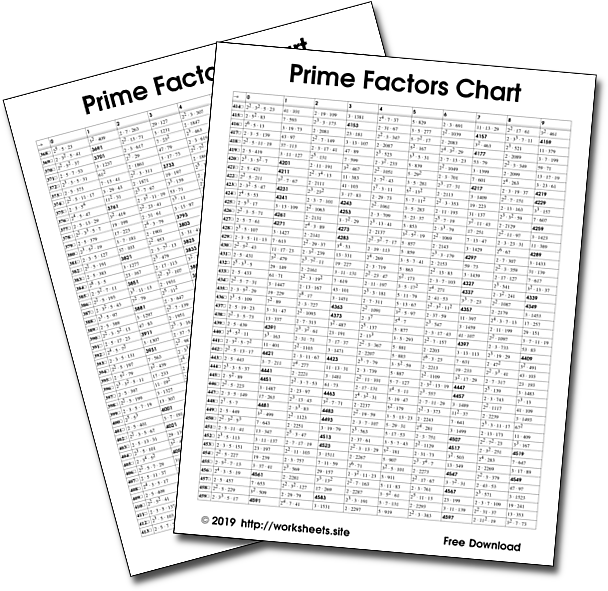100s Grid Puzzle
Give each child a 100s grid. Have them cut them into pieces. Then swap them with a partner to put them back together. Then, they can explain to their partner how they knew where the pieces went. For example, I knew 23 was beneath 13 because the number beneath is 10 more; I knew 67 was above and one place to the left of 78 because the number above is 10 lower, so one to left is 11 lower; etc.
They can laminate the 100 chart on construction paper and cut it out and put it in little bags. The kids love them during math workshop.
100 Puzzles: As children complete these puzzles, their understanding of numbers up to 100 grows. They will be quicker and quicker to finish the puzzles as they become more familiar with the numbers and their sequence.
Jigsaws and math puzzles help children improve their spatial thinking skills. When doing jigsaw puzzles, children are involved in moving and rotating the pieces. In addition, it helps them imagine or visualize missing shapes or images.
Puzzles are an amazing learning material for children when it comes to improving their memory. This is because children have to remember various shapes of pieces that do not fit in a certain area and will later fit in the others when they are about to finish them. In addition, it can help them develop their concentration through their motivation to solve the puzzle.
Teach numbers to 100 and give children a fun form of repetitive practice with this set of 16 puzzles ![[PDF Document]](innards/pdf.png) . The task is to take the puzzle pieces and match them up with each other so that the entire 100 board is formed. The children can check their work by seeing a complete 100 grid, and also by seeing that all the pieces are used and that they do indeed form a square of numbers.
. The task is to take the puzzle pieces and match them up with each other so that the entire 100 board is formed. The children can check their work by seeing a complete 100 grid, and also by seeing that all the pieces are used and that they do indeed form a square of numbers.
We made templates with blank spaces to challenge older children, and you can use a numbered chart for little ones to place the pieces on. For added fun, make this a “Speed” game, to see who gets their puzzle completed first, or who can do the most puzzles before the timer rings.
